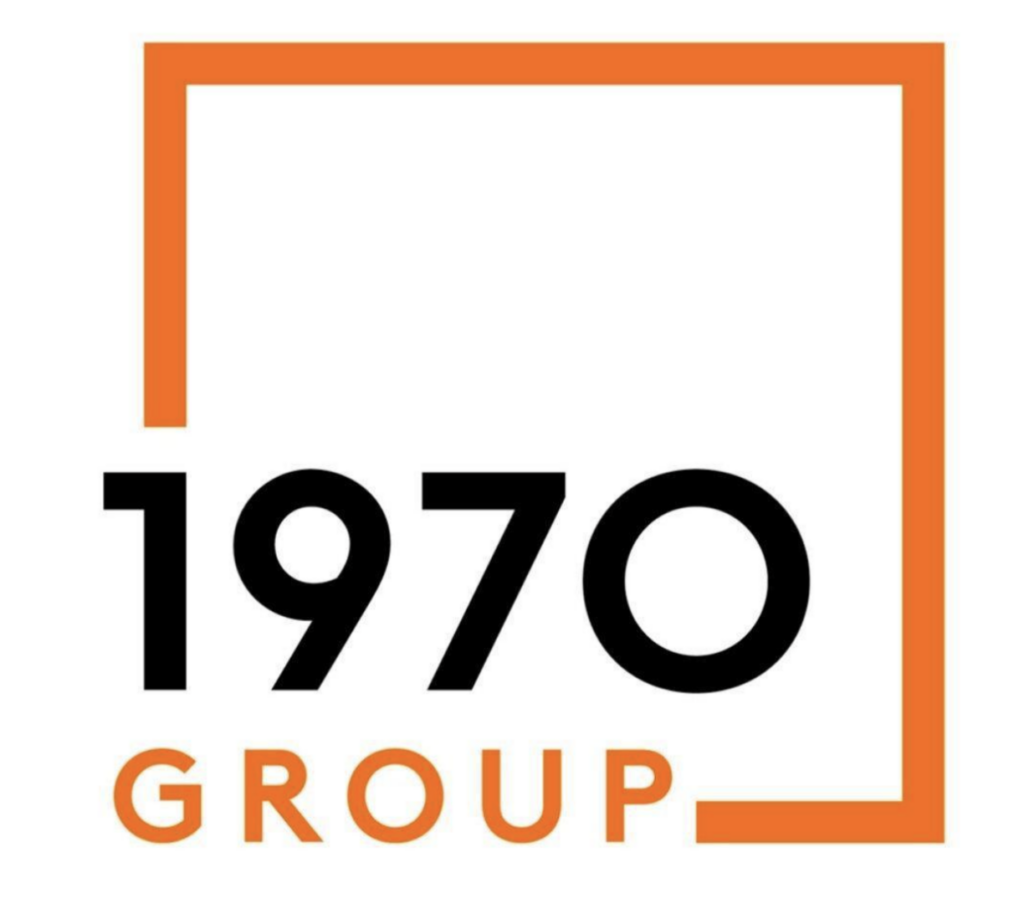Private Equity has experienced significant changes in the traditional acquisition-to-exit life cycle since 2020—perhaps, most notably, the extension in holding periods. A recent survey revealed that 81% of private equity executives indicated holding periods have been extended by up to three years longer than historical averages.
The higher interest rate environment, coupled with persistent economic uncertainty, has helped to shape the current landscape. Just as publicly-held companies face earnings pressures from shareholders, private equity-owned firms have limited partners seeking returns on their aging investments. All of this leads to the incontrovertible truth that lengthened pre-exit periods will continue to require portfolio companies to perform better for longer.
Given the market outlook, the source of value creation in private equity transactions has evolved when compared to the low-interest rate period enjoyed during the prior decade. With multiple expansions less likely—and leverage becoming more expensive given the return—it will be the operational performance that drives returns for deals exited in the foreseeable future. In this current playing field, private equity buyout managers are expecting more than half of value creation to be generated by operational performance, up from 31% for deals exited in 2021.
This performance priority makes corporate liquidity more essential than ever. Abundant sources of investible capital are needed to meet growth targets, navigate the operational challenges unique to a sector and company, and also satisfy limited partners seeking returns on their investments. It is unsurprising that 41% of business leaders say working capital and treasury management are the top strategic priorities across their portfolio companies in the next year.
Maximizing the investable capital available to a business has always been critical to the way private equity operates. The hunt for additional liquidity means PortCos must become more sophisticated about how they unlock trapped cash across their operations. Given the likelihood the company is already operating under higher leverage than publicly-held firms, a PortCo's ratios and debt covenant terms can limit access to traditional bank-offered financing solutions, raising the importance of alternative financing options, including solutions that tap into existing opportunities within a company's balance sheet.
One very common yet underutilized source of liquidity resides within a company's insurance programs, specifically its loss-sensitive insurance programs. These general liabilities, workers’ compensation, and commercial auto and professional liability policies require collateral to satisfy insurer requirements—collateral usually presented in the form of letters of credit provided by a company's bank. However, these issued letters of credit are considered capital drawn from a company's revolver, reducing a critical source of needed financing for growth and operations. For some companies, letters of credit-based collateral can consume upwards of 50% of credit line availability, and on a macro scale, it is estimated that hundreds of billions of dollars in revolvers of US businesses are made inaccessible due to insurance collateral demands.
In response, an increasing percentage of companies have turned to an off-balance sheet financing solution to minimize the collateral-caused blocked credit line problem. The solution, developed by the 1970 Group in 2020, and known as Insurance Collateral Funding (ICF), enables companies to transfer their collateral requirements off their balance sheets through a substitute collateral arrangement that fully satisfies insurance carrier collateral requirements. A third-party provider arranges and backs a replacement letter of credit in exchange for a financing fee. As an off-balance sheet transaction, the financing fee is considered an insurance expense. This financing solution is made further appealing to company CFOs due to its unsecured nature, and its usual exclusion from financial covenants.

Image Credit: 1970 Group
The solution's advantages include its ability to be implemented at any time, independent of insurance policy renewal dates. The solution amount is fully flexible in that it can be easily adjusted up or down as carrier collateral requirements evolve. A rapid underwriting process with the 1970 Group is undertaken to evaluate a company's financial health and insurance risk factors prior to the collateral being placed.
Private equity-owned companies are now implementing the solution at a rapid pace. Viewed as a highly cost-effective form of financing, ICF is supporting the high-growth, high-return expectations of PE-held companies. ICF aims to provide crucial liquidity to protect firms against economic unpredictability and company or sector-specific cash flow issues, and further can be utilized to repatriate capital to limited partners seeking returns while the industry waits for exit market conditions to improve. With rapid adoption occurring by companies across all business sectors, ICF has proven itself as a unique solution for a unique time in the private equity business cycle.
Image credit: Pexels
This post was authored by an external contributor and does not represent Benzinga's opinions and has not been edited for content. This content is for informational purposes only and not intended to be investing advice.
© 2025 Benzinga.com. Benzinga does not provide investment advice. All rights reserved.
Trade confidently with insights and alerts from analyst ratings, free reports and breaking news that affects the stocks you care about.